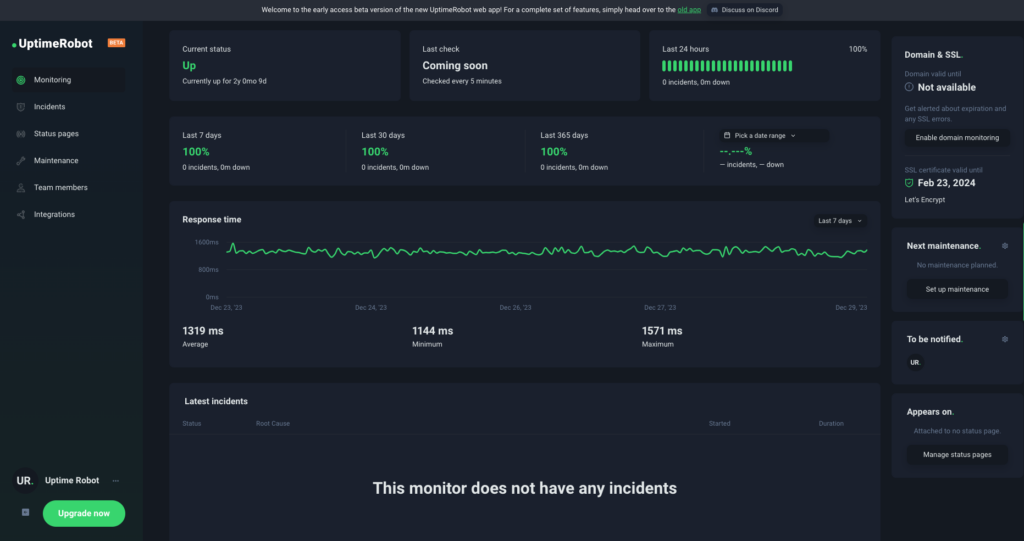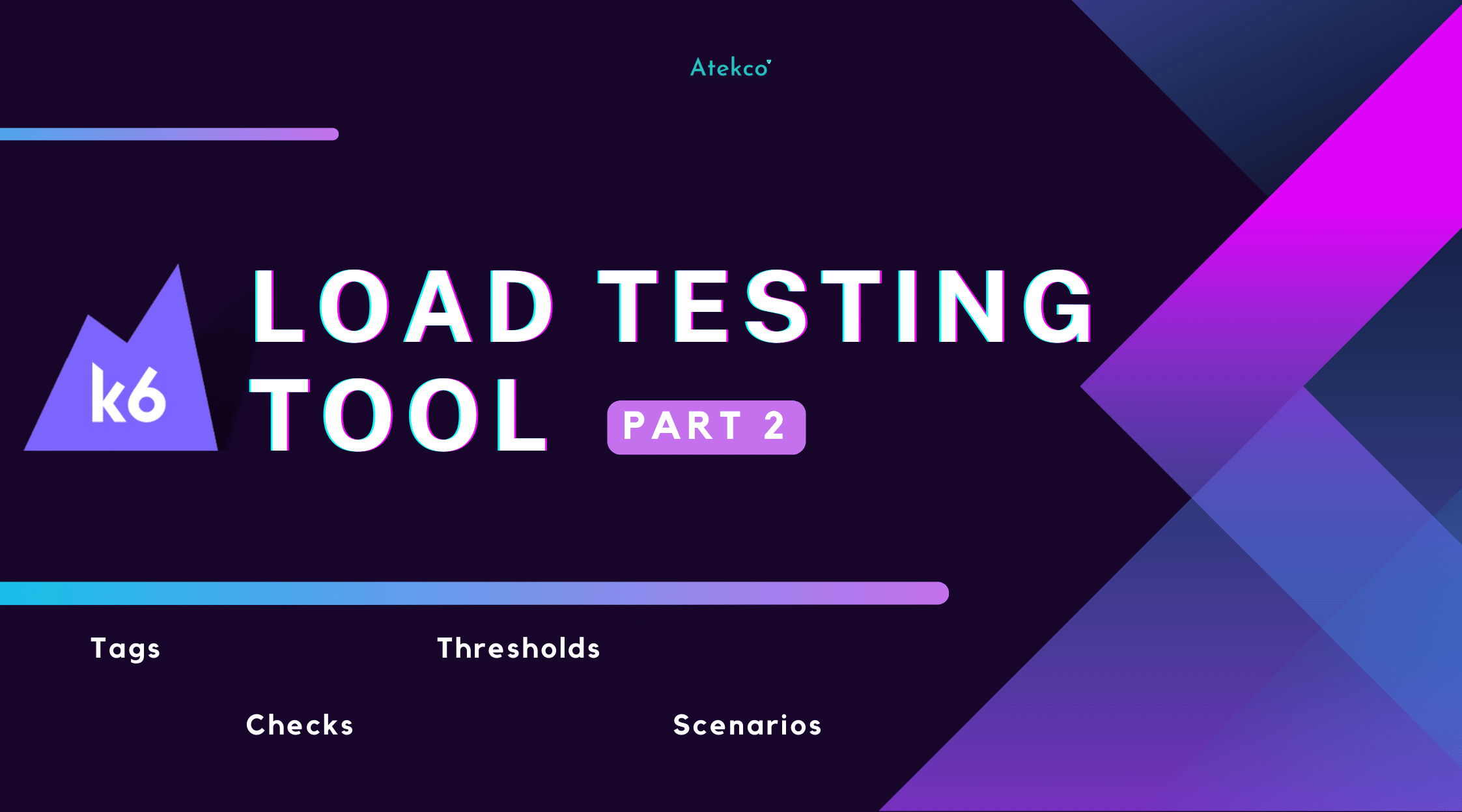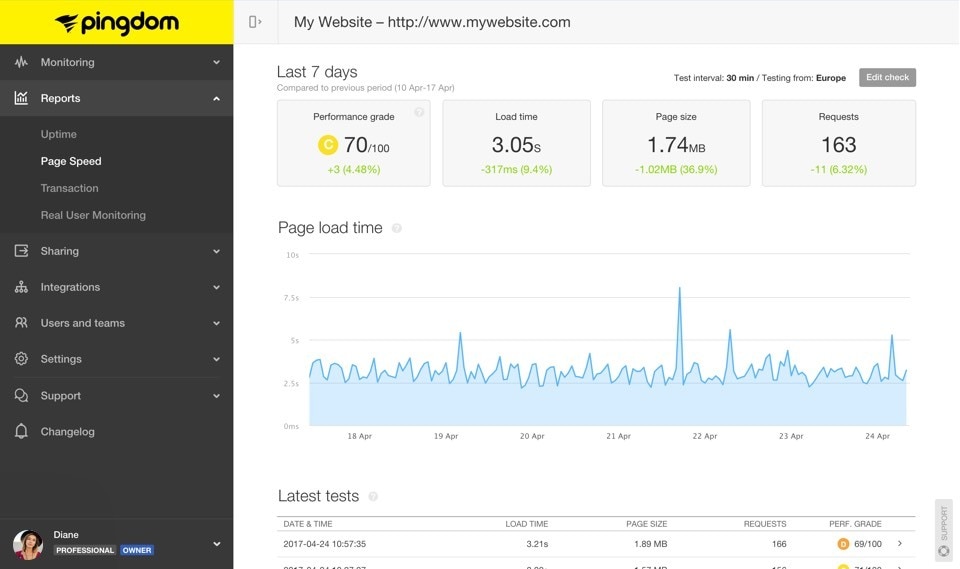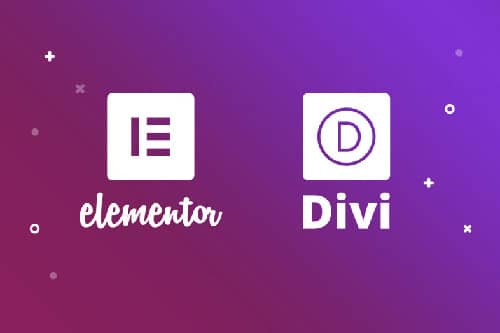Behind the Scenes: Our Hosting Review Process Revealed
Why a Transparent Hosting Review Process Matters
Choosing the right web host is one of the most foundational decisions you'll make for your online business, blog, or portfolio. It directly impacts your site speed, user experience, security, and even your SEO rankings. A slow, unreliable host can cost you visitors, customers, and revenue. Yet, finding trustworthy advice is incredibly difficult. Most review sites are riddled with affiliate links and surface-level analysis, leaving you to guess which provider is genuinely the best.
This article isn't another 'Top 10' list. It's a definitive guide to our methodology. We believe in full transparency because an informed user is an empowered user. By the end of this post, you'll not only understand how we arrive at our conclusions but also be equipped with the knowledge to evaluate any hosting provider on your own.
Step 1: The Setup – Creating a Level Playing Field
Objective testing starts with a consistent baseline. It's impossible to compare hosts fairly if you're testing different websites on each one. To eliminate variables, we follow a strict setup protocol for every host we review:
- Anonymous Purchase: We sign up for hosting plans just like a regular customer. We use a private email and payment method to ensure we don't receive any preferential treatment or 'special' server configurations from the provider. We always purchase a shared hosting plan that is representative of what a small business owner would choose, typically their most popular mid-tier offering.
- Standardized Test Website: We deploy a clean, identical WordPress installation on every host. This isn't an empty site; it's designed to mimic a real-world small business website. It includes:
- A popular, well-coded theme (like Kadence or Astra).
- A mix of content including text, high-resolution images, and embedded media.
- Essential plugins: a page builder (e.g., Elementor), an SEO plugin (e.g., Yoast SEO), a caching plugin (if not provided by the host), and WooCommerce with a few demo products.
This standardized setup ensures that when we measure performance, the only significant variable is the hosting environment itself—the server hardware, software stack, and network infrastructure.
Step 2: The Gauntlet – Our Rigorous Performance Testing Suite
Once the test site is live, we subject it to a battery of tests over a 30-day period. This long-term approach allows us to see beyond a single good day and measure consistency. Here are the core tests we run:
1. Uptime Monitoring
Tool We Use: UptimeRobot
Why it matters: Uptime is the most fundamental metric. If your site is down, nothing else matters. While many hosts promise 99.9% uptime, not all deliver. It's important to understand what that percentage means: a 99% uptime guarantee allows for over 7 hours of downtime per month! We aim for hosts that consistently deliver 99.95% or higher. We monitor our test site every 5 minutes for 30 consecutive days to get an accurate, real-world uptime score.

2. Website Load Speed & Core Web Vitals
Tools We Use: GTmetrix, Pingdom, Google PageSpeed Insights
Why it matters: Fast website hosting is non-negotiable. Slow load times frustrate users and hurt your search engine rankings. We don't just test the homepage once. We run daily tests from multiple geographic locations (e.g., North America, Europe, Asia) to assess the global performance and the effectiveness of any integrated Content Delivery Network (CDN). We focus on key metrics:
- Time to First Byte (TTFB): This measures server responsiveness. A low TTFB (under 200ms) is a strong indicator of a high-quality server stack.
- Largest Contentful Paint (LCP): A Google Core Web Vital, this measures how long it takes for the main content of the page to become visible. We look for an LCP under 2.5 seconds.
- Fully Loaded Time: The total time it takes for the entire page to load. While this can be optimized on the front-end, a powerful server provides a much better foundation.
3. Load and Stress Testing
Tool We Use: K6 (formerly Load Impact)
Why it matters: This is where we separate the contenders from the pretenders. A site might be fast with one visitor, but how does it perform under pressure? This is critical for finding the best hosting for small business, especially if you run marketing campaigns, experience viral traffic spikes, or operate an e-commerce store. We simulate real user traffic, starting with 25 concurrent virtual users and scaling up to 100 over a 10-minute period. We watch to see if the server response time stays flat (good) or skyrockets (bad), indicating that the server is struggling to keep up. Many cheap or affordable hosting plans fail this test spectacularly.

Step 3: The Qualitative Analysis – Beyond the Numbers
Performance data is crucial, but it's not the whole story. A fast host with terrible support or a confusing interface is still a bad choice. We score each host on several qualitative factors:
- Customer Support: We intentionally create 'problems' to test the support team. We contact them via live chat and support tickets at various times, including nights and weekends. We score them on response time, the technical knowledge of the agent, and their ability to resolve the issue effectively and politely.
- Features & Ease of Use: We dive deep into the user dashboard. Is it a standard cPanel/Plesk, or a custom panel that's difficult to navigate? We evaluate the quality of their backup system, security features (like firewalls and malware scanning), and tools for developers (like SSH access, Git integration, and staging environments).
- Pricing & Transparency: We scrutinize the pricing structure. What's the attractive introductory price versus the much higher renewal rate? Are there aggressive upsells during checkout? We look for hosts that offer fair, transparent pricing and provide genuine value, distinguishing between truly affordable hosting and just 'cheap' hosting.
Putting It All Together: A Mini Case Study
Let's compare two hypothetical hosts to show why this process is so important.
Host A (The Budget Brand): They offer a plan for $2.95/month. Our initial GTmetrix test shows a decent LCP of 2.1 seconds. Their uptime over 30 days is 99.91%. On paper, it looks like a great deal. However, during our K6 stress test, the server response time shot up by 800% once we hit 30 concurrent users, and the site became unresponsive. A support ticket about a PHP error took 18 hours to get a first response.
Host B (The Performance Brand): Their plan is $9.95/month. The GTmetrix LCP is a blazing-fast 1.2 seconds, and uptime is a solid 99.99%. During the K6 stress test, the server response time remained flat all the way up to 100 concurrent users. When we contacted live chat support with the same PHP error, a knowledgeable agent resolved it in under 7 minutes.
The Verdict: While Host A is cheaper, it's unsuitable for any serious business. The first traffic spike would crash the site, leading to lost sales and a damaged reputation. Host B, while more expensive, provides the stability, speed, and support necessary for growth. It represents true value and is a much better investment. Our comprehensive testing process reveals this critical difference that a simple price comparison would miss.
Your Turn: Make an Informed Decision
Our commitment is to you, our reader. By revealing our entire testing process, we hope to demystify the world of web hosting and arm you with the knowledge to choose the right provider for your needs. Our reviews are built on this foundation of objective data and real-world experience.
What's the most important factor for you when choosing a host? Is it raw speed, reliable support, or the best possible price? Let us know in the comments below!
Ready to see our findings? Check out our complete list of The Best Web Hosting Providers of 2025 to find the perfect, data-backed solution for your website. If you found this breakdown helpful, please save it for later and share it with a friend who's tired of biased reviews!

















